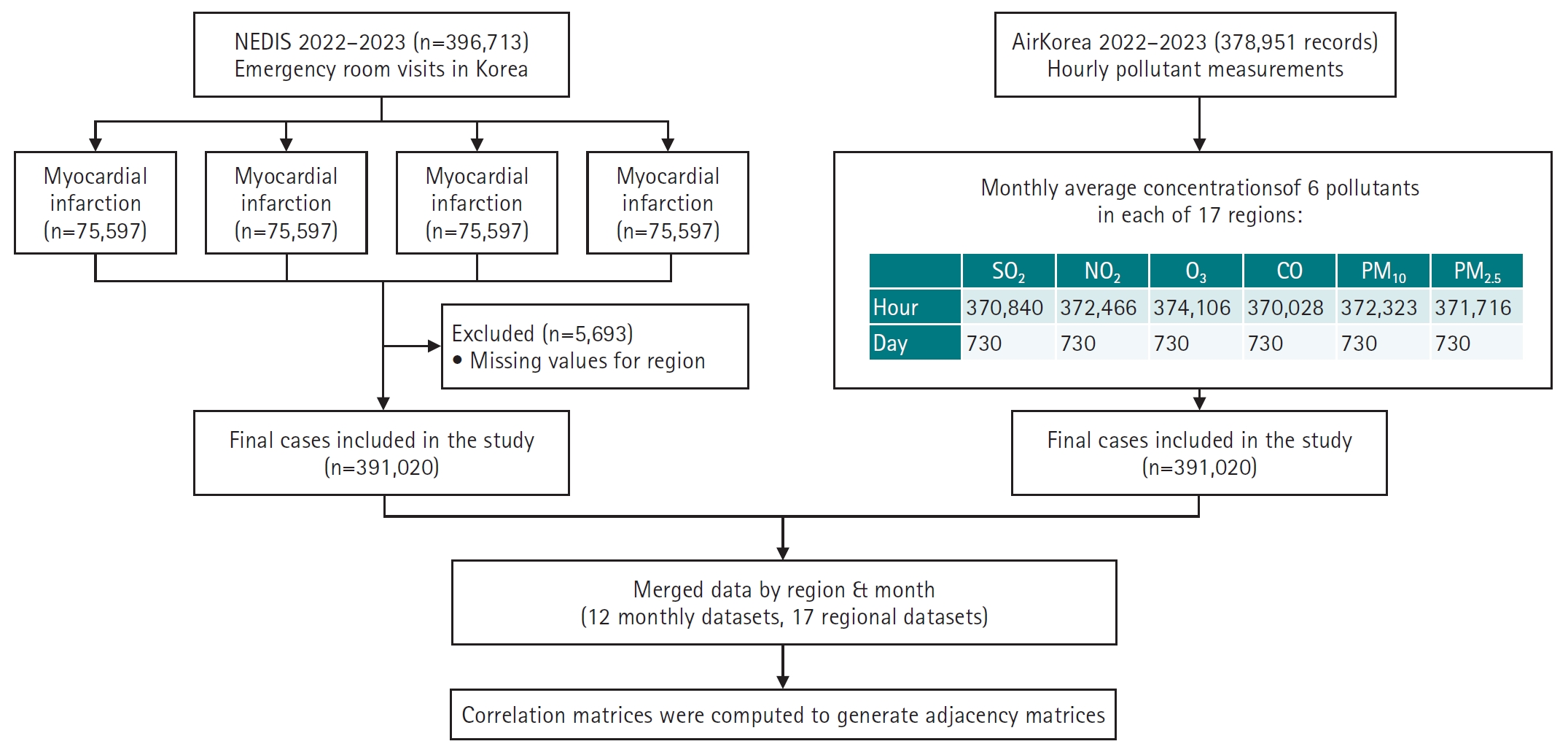
 , Seungpil Jeong
, Seungpil Jeong , Eunhee Ha
, Eunhee Ha
 , Sooyoung Cho
, Sooyoung Cho , Yoonsun Won
, Yoonsun Won , Jong Wha Lee
, Jong Wha Lee
 , Kwang Ho Kim
, Kwang Ho Kim , Gyoung Tae Noh
, Gyoung Tae Noh , Ho Seung Kim
, Ho Seung Kim
Recurrent colonic perforation in patients already having colostomy is extremely rare and only a few cases had been reported. Herein, we report 2 cases of recurrent colonic perforation at the proximal part of the colostomy in geriatric patients resulting from different causes, which might be caused by stercoral perforation and recurrent colonic ischemia, respectively. Based on our experience, surgeons should consider correcting chronic constipation even in patients who already have a colostomy. Additionally, transverse colostomy should be considered as a surgical treatment in patients with sigmoid colostomy for recurrent perforation due to colonic ischemia.

The effect of high dose of glucocorticoid in acute spinal cord injury has been well proved experimentally and clinically. In addition, the beneficial effect of steroids in cerebral vasogenic edema has been well documented and clinically steroids are now a part of the treatment of intracranial neoplasms. Consequent trials of high dose steroid therapy in CNS injury have been proved its ineffectiveness or adverse effecis in clinical and experimental studies. Also, dexamethasone treatment in hypoxic-ischemic brain damage in rats showed adverse effects on neurons in most of the studies in adult and immature rats, except one report which showed neuroprotective effects of dexamethasone pretreatment in 7-day-old immature rats.
This study was designed to see if there was same neuroprotective effect in adult rat since no previous experiments used same amounts of steroid at this time intervals. Hypoxic-ischemic injury was induced in adult Sprague-Dawley rats, 150~240 gms, by Levine procedure with some modification (left carotid artery ligation and exposure to 8% oxygen-92% nitrogen gas for 2 hours). The animals were divided into four groups and dexamethasone was injected as follows : (I) hypoxic-ischemic control group without dexamethasone injection(n=16) ; (II) 0.5mg/kg i.p. 3 times, 48 and 24 hours, and immediately before the carotid artery ligation and 8% oxygen treatment(n=16) ; (III) 2.0mg/kg at same time with (II) (n=14) ; (IV) 1.0gm/kg 3 times at immediately after, 24 and 48 hours after the procedure(n=20). The neuropathological changes were interpreted 7 days after the procedure.
The results are summarized as follows :
1) In hypoxic-ischemic control group(I), 5 out of 16 rats(31.3%) of rats showed large infarction involving ipsilateral side of the brain and other 4~5 rats showed severe neuronal damage in anterior and posterior cortex, hippocampus, striatum, and thalamus.
2) Compare to control group, dexamethasone 0.5mg/kg 3 times pretreatment group(II) showed similar neuronal damage in all areas, although the infaction was focal in striatum and thalamus in group II and generalized in group I. The changes were not statistically significant.
3) Group III showed no significant difference from groups I, II, and IV.
4) Group IV showed more neuronal damage in CA1-2 area of hippocampus compare to groups I and II(p<0.01, p<0.005, respectively).
5) Mortality rate was not significantly different between groups.
In conclusion, dexamethasone pretreatment did not improve hypoxic-ischemic neuronal damage in adult rats. Dexamethasone posttreatment aggravated neuronal damages in CA1-2 area of hippocampus compare to control and pretreatment groups.
 , Ki-Sook Hong
, Ki-Sook Hong
According to current knowledge, apolipoprotein B/A1 (apoB/A1) ratio is like to be risk factor in coronary artery disease. There is evidence form case-control studies that apoB/A1 ratio may be a superior to LDL and HDL cholesterol in discriminating coronary artery disease case subject from control subject. However, relationship between apoB/A1 ratio and cerebral ischemic stroke is undefined. The main object of this study is to determine whether the risk of cerebral ischemic stroke is related to levels of apoB/A1.
The study group included 643 patients (Men, 372; Women, 271) who diagnosed cerebral ischemic stroke between January 2008 to December 2010. The control groups were composed of 378 patients (Men, 139; Women, 239) who diagnosed other neurological disease. The correlation between lipid profiles and odds ratio of 10 preliminary risk factors (total cholesterol, triglyceride, LDL, HDL, apoA1, apoB, apoB/A1 ratio, non HDL, total cholesterol/HDL ratio, LDL/HDL ratio) for stroke were analyzed.
ApoB/A1 ratio was significantly increased in case patients compared with control subjects. Multivariate logistic regression analysis identified decrease of apoB/A1 ratio (odds ratio [OR], 1.583; 95% confidence intercal [CI], 1.105~2.269) as significantly associated with stroke. Individual apoA1 (OR, 1.303; 95% CI, 0.967~1.755) and apoB (OR, 1.397; 95% CI, 0.773~2.523) were also not significantly associated with cerebral ischemic stroke.
Increase of apoB/A1 ratio is associated with an increase risk of cerebral ischemic stroke. Use of apoB/A1 ratio is efficient as conventional lipids, for the identification of subjects at increased risk of stroke. So apoB/A1 ratio to standard lipid profile testing could improve the evaluation of risk factors of cerebral ischemic stroke.
Citations




